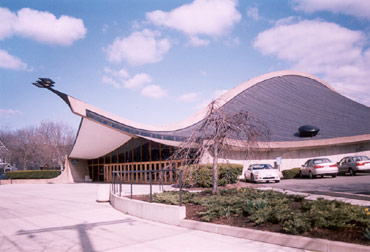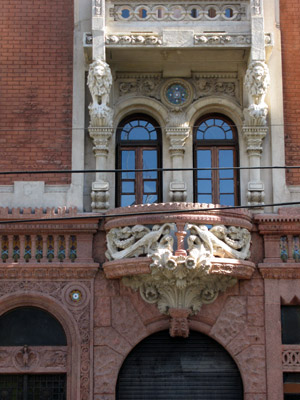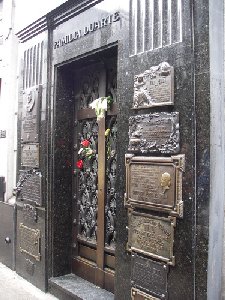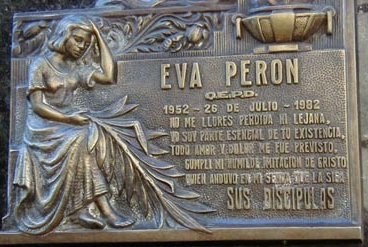Black Panthers, the FBI, and the Rise of Reagan Democrats
Monday, February 26th, 2007Murder in the Model City, The Black Panthers, Yale, and the Redemption of a Killer; Paul Bass and Douglas W. Rae, 2006

In May of 1969 an illiterate teenage Black Panther from Florida is murdered by fellow New Haven Panthers as a suspected FBI infiltrator. This well researched work about the case, the trial, and the Yale demonstrations, is also about the central role of the FBI and the Nixon administration including the staging of bombings and murders in their paranoid attempt to discredit and destroy public support for radical war and social protesters.
John Huggins, husband of Ericka Huggins, a defendant in the murder trial had been gunned down and killed by FBI informants in Los Angeles. The book details efforts by the FBI and local officials to frame Panther Charmain Bobby Seale for ordering the New Haven murder. Ronald Reagan personally authorized the extradition of Seale to Connecticut to stand trial. Ericka’s and Bobby’s trial ended in a mistrial. The conservative trial judge Harold Mulvey shocked everyone by declaring that a fair trial was no longer possible in the case and discharging the defendants.
It highlights this periods confusions and the backlash rise of the so called “Reagan Democrats”, a new breed of Red State Republican who took over control of the GOP from old, liberal Yankee Republicans, the inheritors of the legacy of Lincoln.
Hillary Rodham makes a cameo appearance as a voice of reason advocating caution in the planned Yale demonstration. Famed for her Wellesley anti war commencement speech in 1969, Hillary the law student was elected co-chair to monitor the trial and help control violence in the Yale demonstration. She and her committee were in the small minority opposing a strike by Yale students in protest of the trial (and war). The authors attribute her position to an unwillingness to jeopardize her career with rash actions or comments. To this day she refuses to comment on the events of the time.
Efforts by the FBI and Nixon administration to fan the flames, to exaggerate the threats, to use tactics such as illegal wiretaps, to use agent infiltrators encouraged to commit acts of murder and violence, to generate false and inflammatory communications, and to otherwise subvert the democratic and legal processes are well documented.

The only known serious violence at the Yale demonstration was the explosion of two bombs beneath the stage of the Yale Whale aka Ingalls Rink. Top Yale officials including President Kingman Brewster and his assistant “Sam” Chauncey Jr. believed although they could never prove it that Nixon administration operatives planted the bombs. John Dean, of Watergate fame, was seen in New Haven at the time but did not make his presence known to University or City authorities.






